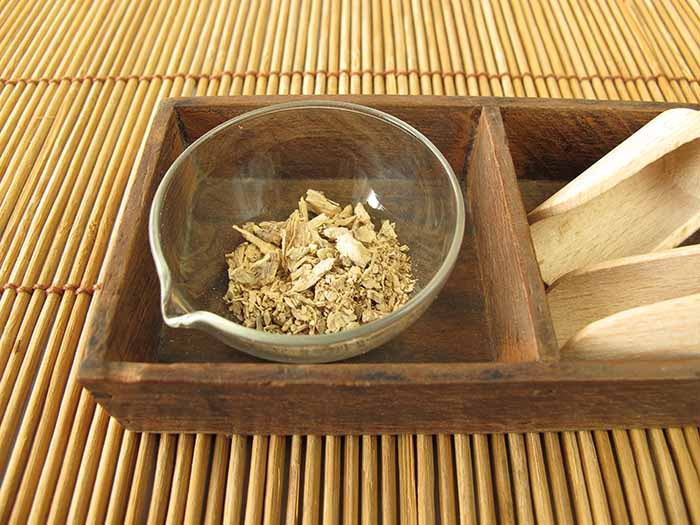Kava tea is a relaxing brew that has been in use for thousands of years and has a variety of health benefits that people around the world are beginning to understand.
What is Kava Tea?
Kava tea is a traditional warm beverage brewed with the root of the kava plant. Drunk primarily by Pacific Islanders throughout history, this drink is now more widely found in America and Europe, as well as other parts of Asia. Supplements made from the kava root have long been popular, but the tea is also easy to prepare and pleasant to drink. Scientifically known as Piper methysticum, the kava plant has long been known for its sedative effects on the body and mind. The active ingredients in this root are kavalactones, which have been linked to anxiolytic effects. This tea is often drunk throughout the day, providing a relaxed feeling in the body, but still managing to keep the mind sharp. [1]
Kava Tea Benefits
Kava tea has amazing health benefits such as relieving anxiety and stress, inducing sleep, reduce menopausal mood swings, and relieving asthma symptoms, among others.

Kava tea is a traditional warm beverage brewed with the root of the kava plant. Photo Credit: Shutterstock
Anxiety and Stress
The anxiolytic effects of kavalactones are well researched, and this hormonal manipulation can help you eliminate stress hormones and promote a peaceful, relaxed mental state. [2]
Sleep
If you struggle with sleeping at night or are diagnosed with insomnia, a cup of kava tea before bed might be just what you need. This can help calm your mind and promote feel-good hormone release in the brain, leading to peaceful sleep. [3]
Menopausal Mood Swings
The changes that a woman’s body undergoes during menopause, as well as menstruation, can be difficult to handle, but kava tea can suppress many of those hormonal switches and mood swings. [4]
Asthma
Drinking 2-3 cups of this tea per day can have a numbing and anti-inflammatory effect on the respiratory tracts, helping to relieve asthma symptoms. [5]
How to Make Kava Tea?
If you want to make your own kava tea at home, it is a simple process, albeit slightly more time-intensive than brewing a regular cup of tea.

How to Make Kava Tea: Easy Recipe
Ingredients
- 1 cup kava root powder
- 2 cups water
- cheesecloth
Instructions
- To make kava tea, add 1 cup of kava root powder and 2 cups of water to a large bowl.
- Allow the powder to soak in the water for 20-30 minutes.
- Thereafter, pour the mixture through a fine cheesecloth, catching the root powder.
- Squeeze and press the remaining powder in the cheesecloth, removing as much liquid as possible.

Notes
Kava Tea Side Effects
Kava tea is very powerful and thus has a number of side effects to consider, such as neurological symptoms, skin changes, and liver damage. Kava root possesses many unique compounds, and when consumed in excess, your body may react poorly. If you experience any of the above side effects, or weakness, unexplained fatigue, headaches, nausea, loss of appetite or changes in your bowel movements, discontinue use of this tea and speak with your doctor about other natural options for stress relief.
